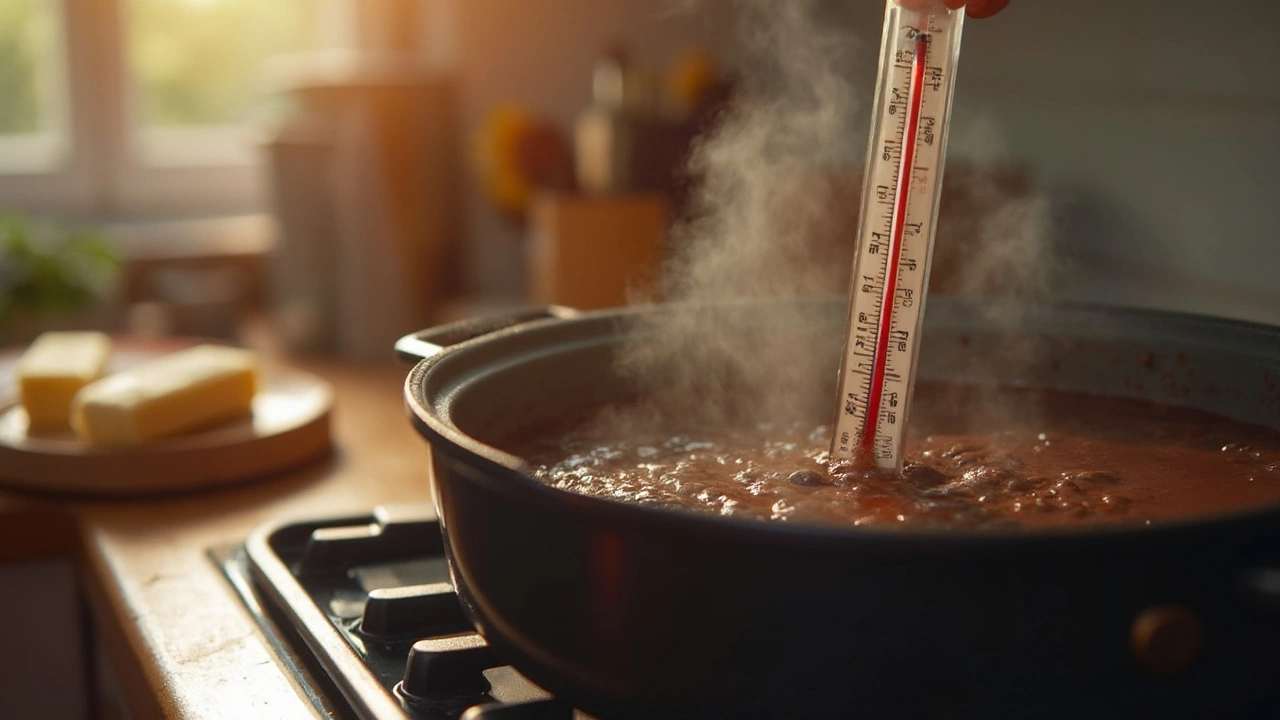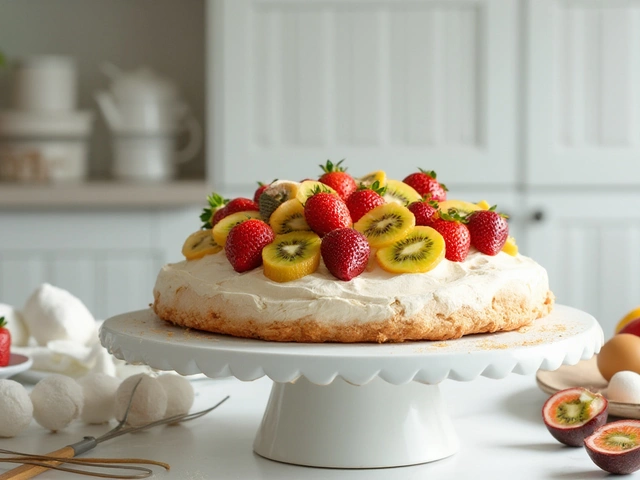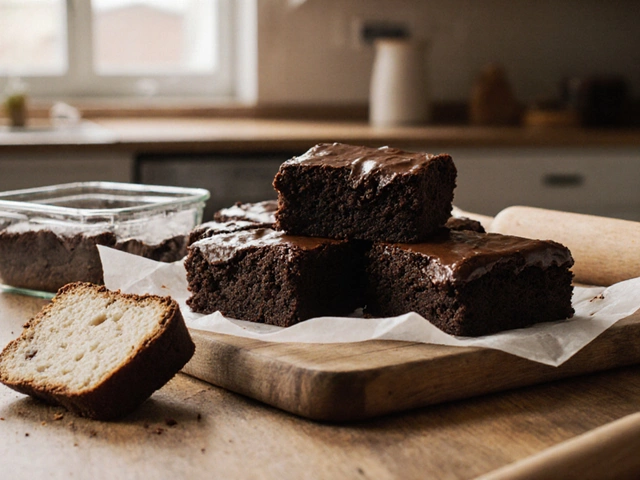Boiling Fudge: Simple Steps for Perfectly Smooth Results
If you’ve ever ended up with crumbly or grainy fudge, the culprit is usually the boil. Getting the right temperature isn’t magic – it’s just a few clear steps. Grab a candy thermometer, set your pot on medium heat, and watch the numbers. When the syrup hits the soft‑ball stage (around 235‑240°F or 112‑115°C), you’re ready to move on.
Why temperature matters
The soft‑ball stage tells you the sugar crystals are forming just right. Below that range, the fudge stays too soft and won’t set. Above it, the sugar over‑cooks, turning the texture hard and grainy. Altitude can shift the numbers a bit, so if you live high up, add a few extra degrees. A quick tip: dip the thermometer tip in cold water – if a drop of the syrup forms a soft ball that flattens when pressed, you’ve nailed it.
Quick fixes and common mistakes
Boiling too long is the most common error. If the mixture starts to bubble fiercely, lower the heat. Stir gently; over‑stirring can cause premature crystal formation. When the temperature is right, remove the pot from the heat and let it cool for a minute before adding butter, vanilla, or any flavorings. This prevents the butter from cooling the mix too fast, which can cause grainy spots.
Forgot the thermometer? No worries. You can do the cold‑water test: drop a small spoonful of the hot syrup into a glass of ice water. If it forms a soft, pliable ball you can roll between your fingers, the fudge is at the soft‑ball stage. If it snaps hard, you’ve boiled too long.
Another pitfall is stirring the fudge while it’s cooling. Once you’ve removed the pot from the burner, let the mixture sit undisturbed for about five minutes. Then start a slow, steady stir until it thickens, and finally whisk it briskly for a minute to get that glossy finish. This gradual approach helps crystals form evenly, giving you that smooth bite.
For extra creaminess, add a splash of milk or heavy cream right after the boil. The fat coats the sugar crystals and stops them from clumping. If you’re making chocolate fudge, melt the chocolate in a separate bowl and fold it in after the mixture has cooled a bit. This keeps the chocolate from seizing and ensures a silky texture.
Storing your fudge right matters too. Once it’s set, cut it into squares and wrap each piece in parchment paper. Keep the squares in an airtight container at room temperature for up to two weeks. If the climate is warm, a cool pantry or a brief fridge stint will keep the fudge from melting.
With these straightforward tips, boiling fudge becomes less of a gamble and more of a reliable routine. Remember: monitor the temperature, avoid over‑boiling, and give the mixture a chance to cool before you stir. Follow these steps, and you’ll enjoy consistently smooth, creamy fudge every time you make it.

Should I Stir Fudge While Boiling?
Discover the secrets to perfectly boiled fudge by understanding when and how to stir it. This article unravels the science behind fudge making, offering practical tips to achieve that smooth, creamy texture. Explore common mistakes to avoid and learn about the importance of patience and precision in this sweet journey. Perfect for both novice and seasoned candy makers, this guide keeps it real and relatable.
View More




